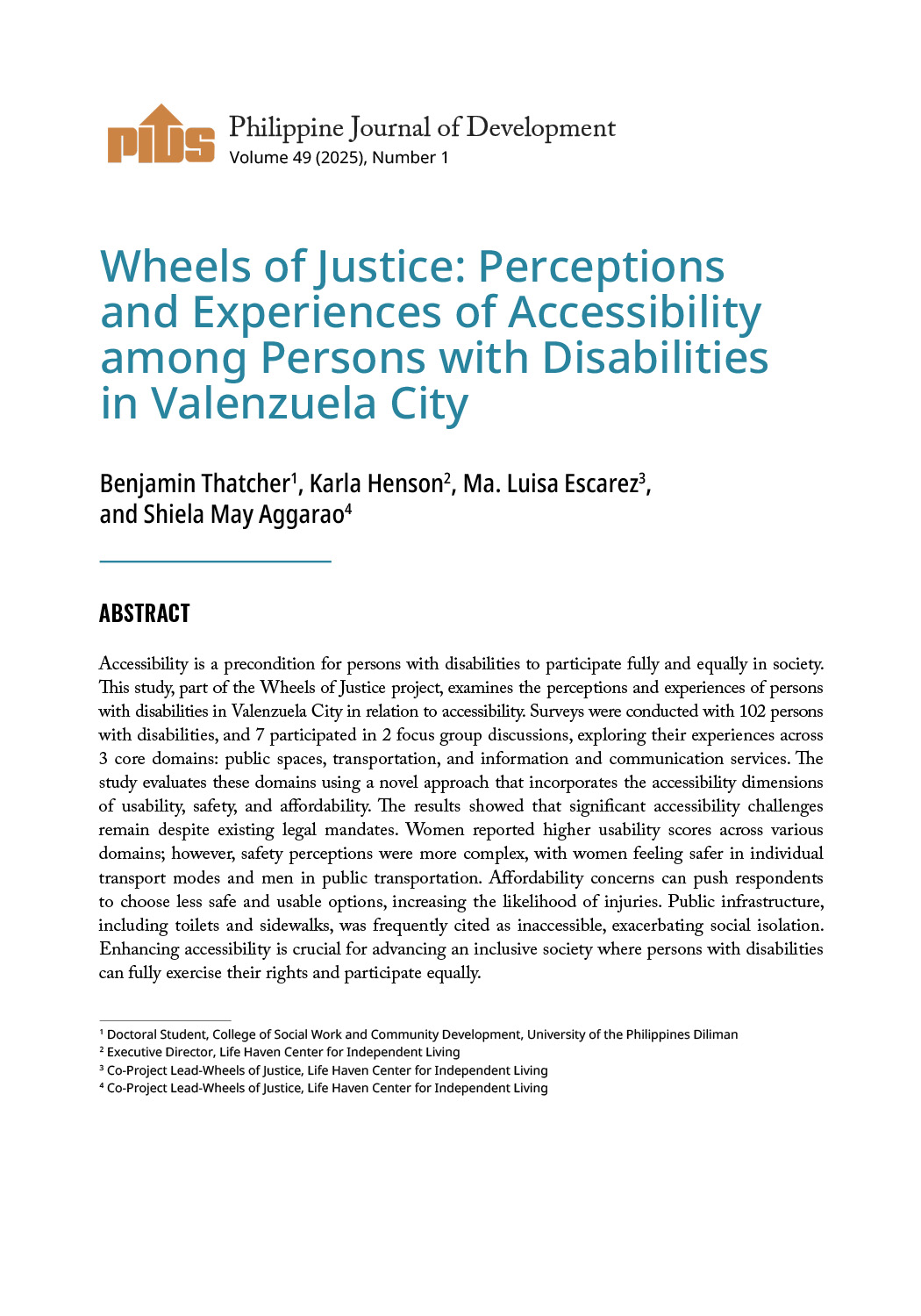WITH more girls now in school, research fellows of the Philippine Institute for Development Studies (PIDS) said increasing the Conditional Cash Transfer (CCT) for boys could encourage them to stay in school.
In a study, titled “Gender Equity in Education: Helping the Boys Catch Up,” PIDS Distinguished Visiting Fellow Vicente B. Paqueo and Senior Research Fellow Aniceto C. Orbeta Jr. said there are now more girls in school than boys.
Paqueo and Orbeta said in some countries, like Mexico, a higher CCT is extended to encourage more girls to enroll and stay in school. In order to determine if this would have a similar impact in the Philippines for boys, a pilot study can be done to examine how a higher CCT for boys could improve their education.
“Mexico’s CCT program gives households more grant money for girls’ than for boys’ education. The idea behind this differential is to motivate households to keep their children enrolled in secondary schools,” the authors said.
“While undifferentiated cash transfers between boys and girls may have no differential impact on the enrollment between boys and girls, it has improved the frequency of school attendance of boys, which is expected to generate better education outcomes for them,” they also said.
Paqueo and Orbeta noted that based on the Census of Population and Labor Force data between 1948 and 2015, the proportion of the population aged 25 and above who finished college increased to 19.76 percent for women and 15.86 percent for men in 2015, from only 0.54 percent for women and 0.82 percent for men in 1948.
Further, the share of youth aged 16 to 19 who completed elementary education based on 2008 Annual Poverty Indicators Survey (APIS) data was higher for girls at 94 percent than boys at 87 percent.
Paqueo and Orbeta said the same data also indicated that the gap in completion rate between boys and girls was much larger among the poorest 30 percent than the richest 30 percent.
The data showed 95 and 89 percent for girls and boys, respectively, for elementary completion, and 79 and 64 percent for secondary completion.
“The hope is that this research would lead to greater awareness among parents, teachers and school authorities of the social, cultural and economic factors that are hurting [perhaps unintentionally] the well-being of the young simply by virtue of being a boy or being a girl,” the researchers said.
“Equally important, the goal is to find tools that are proven to work cost-effectively to enable and motivate the boys to catch up with girls in education, even as the latter continue to improve their progress,” they added.
In 2015, another study titled “How has basic education in the Philippines fared and what else needs to be done?” showed the disparity between girls and boys when it comes to education.
Pids Senior Research Fellow Jose Ramon Albert and University of the Philippines Professor Clarissa David said more boys than girls are still dropping out from school.
The study stated that dropout rates among boys are twice that of girls. The study also said boys are more likely to dropout in schools where student-teacher ratios are high.
The authors explained that having smaller class sizes will encourage boys to pay more attention in class. Albert said that there is no ideal number of students in a class but at the current level of having an average of 60 students in a class, more boys are likely to lose interest in their subjects.
Apart from smaller class sizes, the government can also consider increasing the incentive for sending boys to school through a higher CCT.












